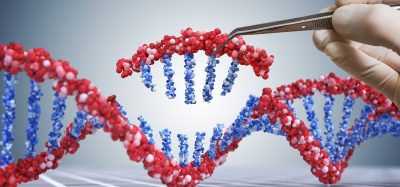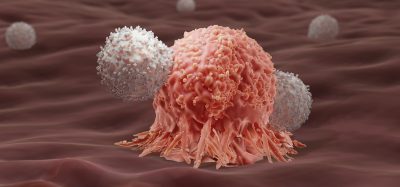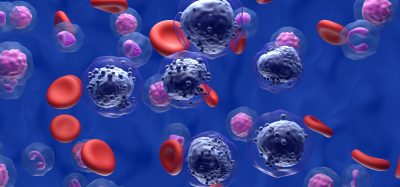Researchers discover new pathway to treat Ewing sarcoma
Posted: 3 October 2019 | Victoria Rees (Drug Target Review) | No comments yet
A study has demonstrated that blocking certain receptors in mice reduced Ewing sarcoma growth and metastasis, which could be used within future treatments.
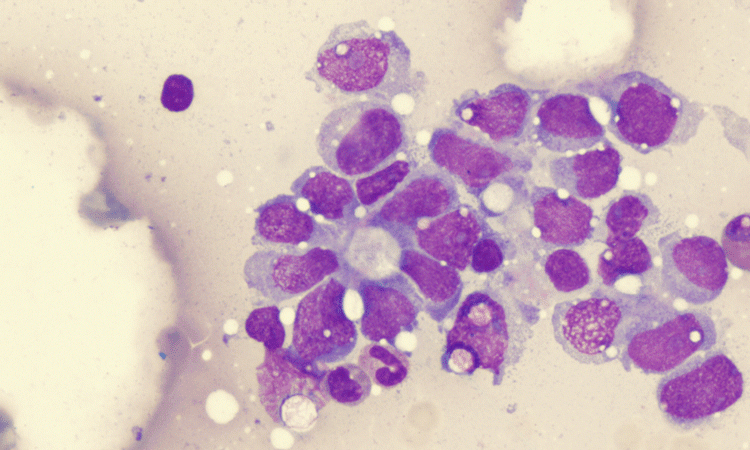

Researchers have discovered molecular interactions which lead to the development and growth of Ewing sarcomas. They suggest that their findings could be used to develop potential treatments.
The team, from the Weizmann Institute of Science, Israel, investigated receptors for steroid hormones called glucocorticoids. These are present in almost all human cells and convey hormonal messages. However, previous studies have shown that these receptors can stimulate malignant growth by moving to the cell nucleus, where they bind and interact with transcription factors.
…seven genes which regulated the glucocorticoid receptors were expressed in higher levels in patients with particularly lethal tumours”
The researchers found that once activated by hormones, glucocorticoid receptors bound in the cell nucleus to transcription factors of the E-twenty-six (ETS) family can form another physical complex. A certain factor in the ETS family is known to drive the development of Ewing sarcoma; this gene fuses abnormally with another to produce an oncogene.
An in vitro study revealed that physical binding between glucocorticoid receptors and the protein made by the oncogene increased the growth and migration of Ewing sarcoma cells. In mice models, this gene increased the growth and spread of the tumour significantly.
Using a drug used to reduce the synthesis of glucocorticoids, the scientists observed that the Ewing sarcomas grew much more slowly in the mice. Another drug which blocked the glucocorticoid receptor prevented the metastasis of the cancer.
When the researchers boosted the activity of the glucocorticoid receptors, the tumour grew and spread much faster.
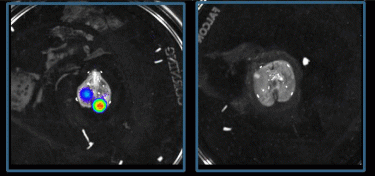

The lungs of an untreated mouse with Ewing sarcoma (left) contain numerous tumor cells (shown by luminescent colors) that have spread from the bone; the lungs of a mouse treated with a drug reducing the synthesis of glucocorticoids are almost free from the disease (right) [credit: Weizmann Institute of Science].
Next, the researchers undertook a genetic analysis of tumour samples from patients with the condition. They identified seven genes which regulated the glucocorticoid receptors that were expressed in higher levels in patients with particularly lethal tumours.
The team say that these genes may serve as a genetic signature enabling the selection of patients for treatment.
“Our findings provide the basis for a personalised approach to the treatment of Ewing sarcoma,” said Dr Swati Srivastava, one of the lead researchers.
The results were published in Cell Reports.
Related topics
Drug Targets, Genomics, Oncology, Personalised Medicine, Protein, Research & Development
Related conditions
Ewing sarcoma (ES)
Related organisations
Weizmann Institute of Science
Related people
Dr Swati Srivastava




